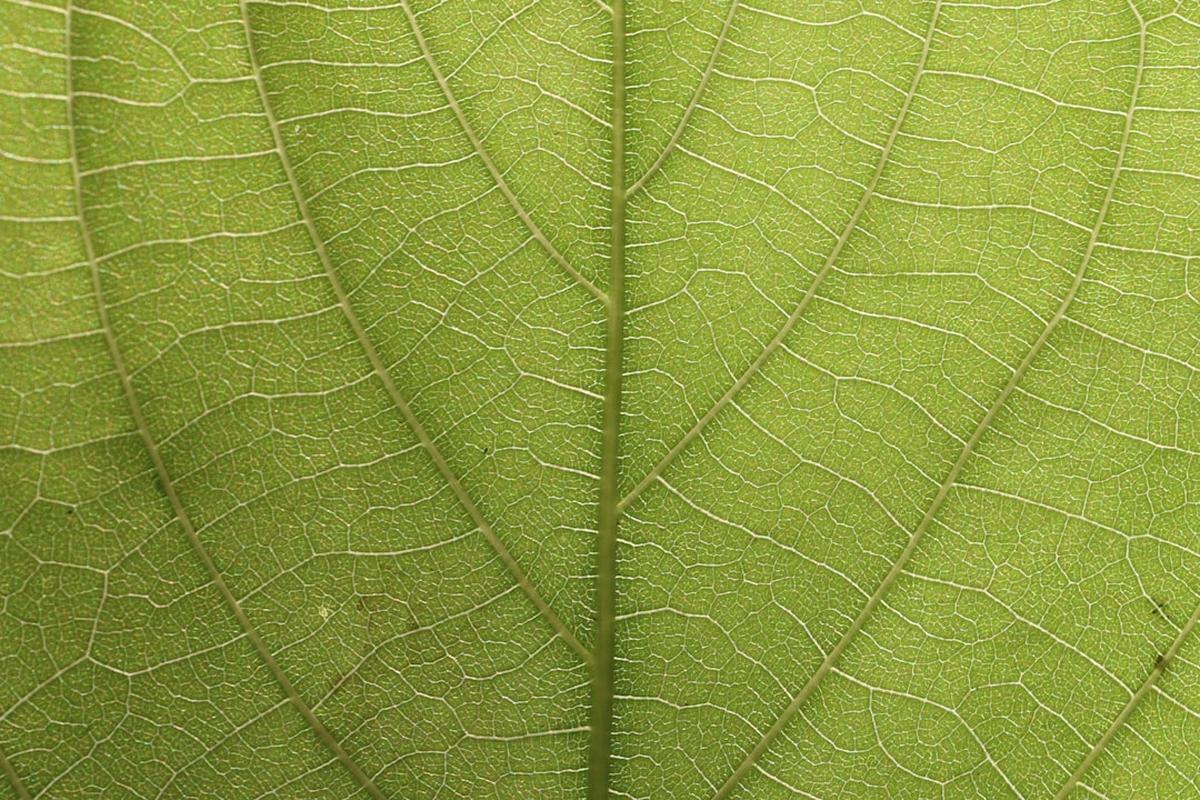My journey towards sustainable living began a few years ago when I realized the immense impact our daily habits have on the environment. The more I learned about the dire state of our planet, the more I felt compelled to make changes in my own life. One of the most significant steps I took was transforming my home into a green sanctuary. The importance of green homes in promoting sustainability cannot be overstated. They not only help reduce our carbon footprint but also create a healthier living environment.
Understanding the Concept of a Green Home
A green home is more than just a trendy buzzword. It’s a lifestyle choice that signifies a commitment to reducing environmental harm and promoting healthier living. The impact of green homes on the environment is significant. They use less energy, produce fewer greenhouse gases, and consume fewer resources. But the benefits aren’t just environmental. Living in a green home can improve your personal health by reducing exposure to harmful chemicals and pollutants.
Essential Components of a Green Home
Proper Insulation and Its Benefits
One of the first steps I took in creating my green home was improving the insulation. Proper insulation reduces the need for artificial heating and cooling, saving energy and reducing greenhouse gas emissions. It also makes the home more comfortable by maintaining a consistent temperature.
High-Efficiency Doors and Windows: A Worthwhile Investment
High-efficiency doors and windows were another worthwhile investment. They reduce heat loss in winter and heat gain in summer, further reducing the need for artificial heating and cooling.
The Role of Moisture and Wind Wraps in Sustainable Living
I also installed moisture and wind wraps to prevent drafts and moisture build-up. These wraps protect the home from damage, improve indoor air quality, and enhance energy efficiency.
Heat Exchangers: A Green Solution for Temperature Regulation
Heat exchangers are a fantastic green solution for temperature regulation. They transfer heat from outgoing to incoming air, reducing the energy needed for heating and cooling.
Insulated Hot Water Pipes: An Overlooked Aspect of Eco-Friendly Homes
Insulating hot water pipes is an often-overlooked aspect of eco-friendly homes. It reduces heat loss, saving energy and reducing water waste.
High-Efficiency HVAC and Water Heating Equipment: Why They Matter
Finally, I replaced my old HVAC and water heating equipment with high-efficiency models. These use less energy and produce fewer greenhouse gases, making them a critical component of any green home.
My Experience in Building a Green Home
Building a green home was not without its challenges. I had to research and learn about various sustainable technologies and practices. However, the benefits have far outweighed the difficulties. I’ve seen a significant reduction in my energy bills, and I feel good knowing that I’m doing my part to protect the environment. Plus, my home is healthier and more comfortable.
Practical Tips for Transitioning to a Green Home
If you’re considering transitioning to a green home, start by assessing your current home setup. Identify areas where you can make improvements, such as insulation, windows, and appliances. Plan and prioritize these improvements based on your budget and the potential environmental impact. And don’t hesitate to seek professional advice. There are many experts and organizations dedicated to promoting green homes who can provide valuable guidance.
The Cost of Green Homes: Investment vs. Long-Term Savings
While the initial costs of green home components can be high, it’s important to consider the long-term savings. Green homes use less energy, which translates into lower utility bills. They also tend to require less maintenance, saving you money in the long run.
Inspiring Stories of Successful Green Home Transformations
I’m not the only one who has successfully transformed their home into an eco-sanctuary. I’ve heard countless stories of others who have made similar changes and reaped the benefits. These stories serve as a reminder that anyone can make a difference, no matter how small.
In Summary: The Green Home Movement and You
The green home movement is about more than just individual actions. It’s about creating a collective shift towards sustainable living. By making your home greener, you’re not only improving your own life but also contributing to a larger cause. I encourage you to start your own green home journey. It may be challenging at times, but the rewards are well worth it.
Additional Resources for Green Home Enthusiasts
There are many resources available for those interested in green homes. Books like “The Green Home: A Guide to Planning a Healthy, Environmentally Friendly New Home” provide comprehensive information on sustainable home practices. Websites like the U.S. Green Building Council offer resources and certification programs. And organizations like the Green Home Institute host events and workshops to educate the public about green homes.
Frequently Asked Questions
What is a green home?
A green home is a house that is designed to be environmentally friendly and sustainable. It uses less energy, produces fewer greenhouse gases, and consumes fewer resources.
Why should I consider making my home greener?
Making your home greener can reduce your environmental impact, save you money on energy bills, and create a healthier living environment.
What are some ways to make my home greener?
Some ways to make your home greener include improving insulation, installing high-efficiency doors and windows, using moisture and wind wraps, installing heat exchangers, insulating hot water pipes, and using high-efficiency HVAC and water heating equipment.
Are green homes more expensive?
While the initial costs of green home components can be higher, they often result in long-term savings through reduced energy use and lower maintenance costs.
Where can I find more information about green homes?
There are many resources available, including books, websites, and organizations dedicated to promoting green homes. Some examples include “The Green Home: A Guide to Planning a Healthy, Environmentally Friendly New Home,” the U.S. Green Building Council, and the Green Home Institute.
What is the impact of green homes on the environment?
Green homes have a significant positive impact on the environment. They use less energy, produce fewer greenhouse gases, and consume fewer resources, helping to reduce our overall environmental footprint.







